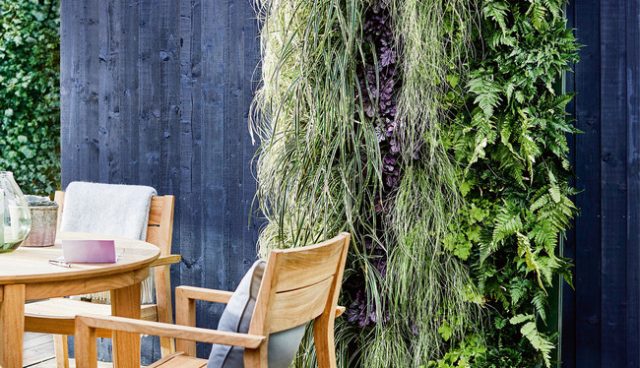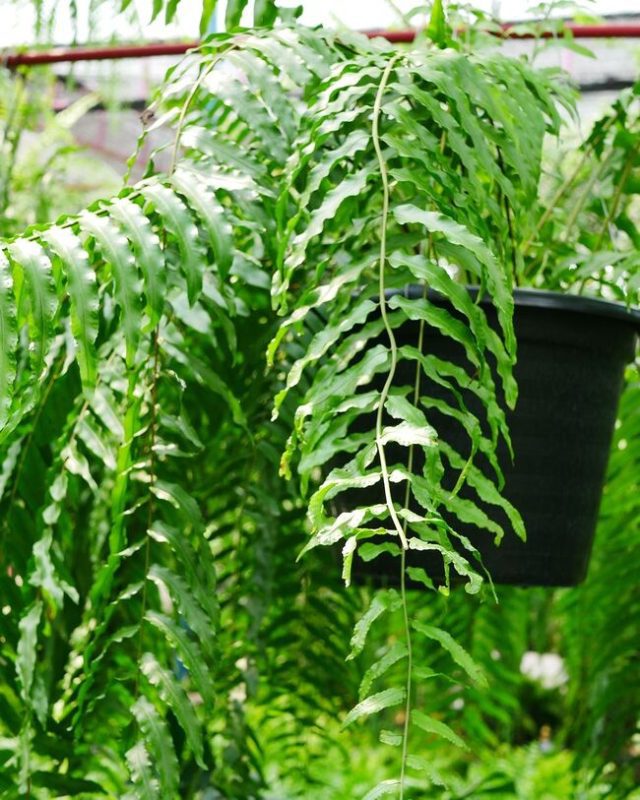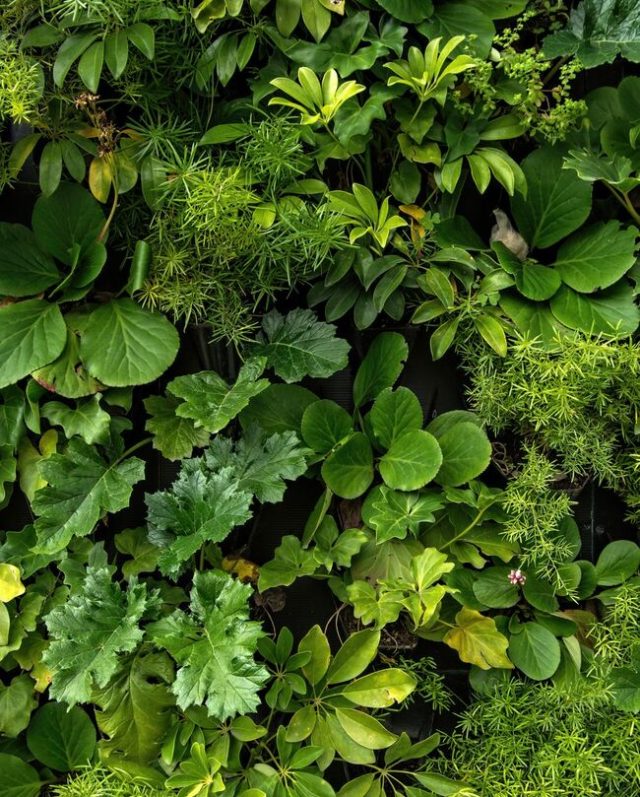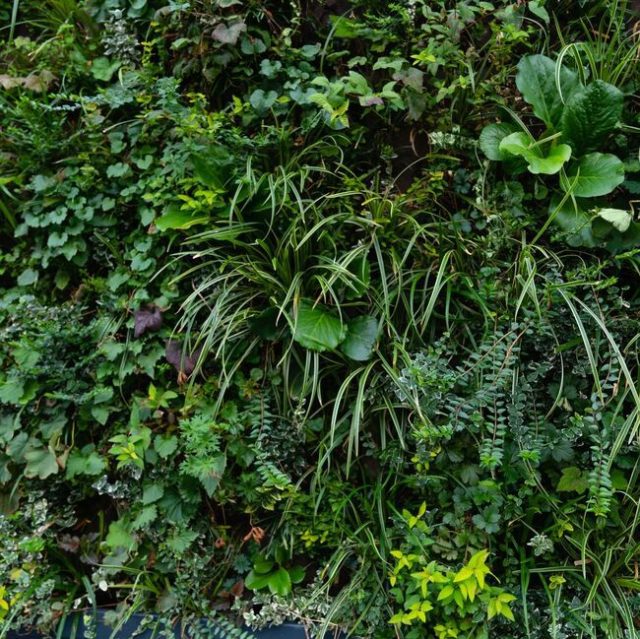
Living walls, also known as vertical gardens or plant walls, offer an innovative and visually pleasing way to introduce greenery into both indoor and outdoor spaces, particularly in smaller areas where traditional gardens may not be feasible. These panels of flourishing plants serve as a decorative design solution, transforming plain walls into vibrant, living canvases. To create a successful living wall, meticulous planning is essential, taking into account factors such as lighting conditions, water requirements, and maintenance needs of the chosen plants.

Jenny Davis, Head of Marketing at Forest Garden, highlights the growing popularity of living walls, emphasizing their versatility in bringing color and life to exterior walls while effectively concealing unattractive features. As homeowners seek creative ways to maximize every inch of their gardens, living walls emerge as a brilliant hack for turning vertical spaces into thriving pockets of nature. However, the process of establishing a living wall requires careful consideration, from selecting the appropriate system, such as multi-pocket hanging planters or modular panels, to ensuring the framework’s sturdiness and compatibility with the chosen plants.

Choosing the right plants is crucial for the success of a living wall. Whether opting for cascading vines, air-purifying plants, or a mix of herbs, fruits, grasses, and ferns, it’s essential to assess sunlight exposure, water requirements, and growth habits. According to Hannah Rouch, a secondhand trends expert at Gumtree, selecting suitable plants and placing them in designated spaces within the chosen framework makes the design process more straightforward. Additionally, the choice of a growing medium, whether soilless mixes, coco coir, or specialized mediums designed for vertical gardens, plays a crucial role in ensuring the plants thrive in their vertical habitat. Regular monitoring, appropriate watering methods, and addressing any issues promptly contribute to maintaining a healthy and vibrant living wall.


















